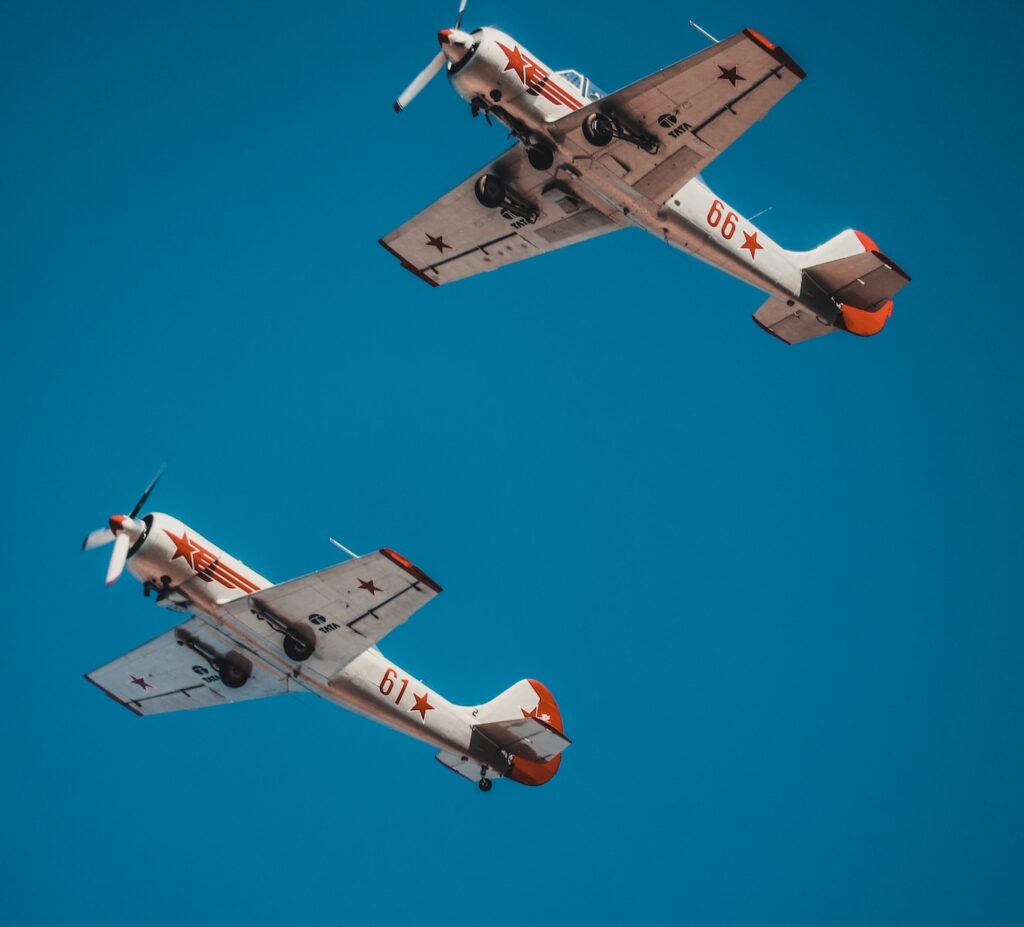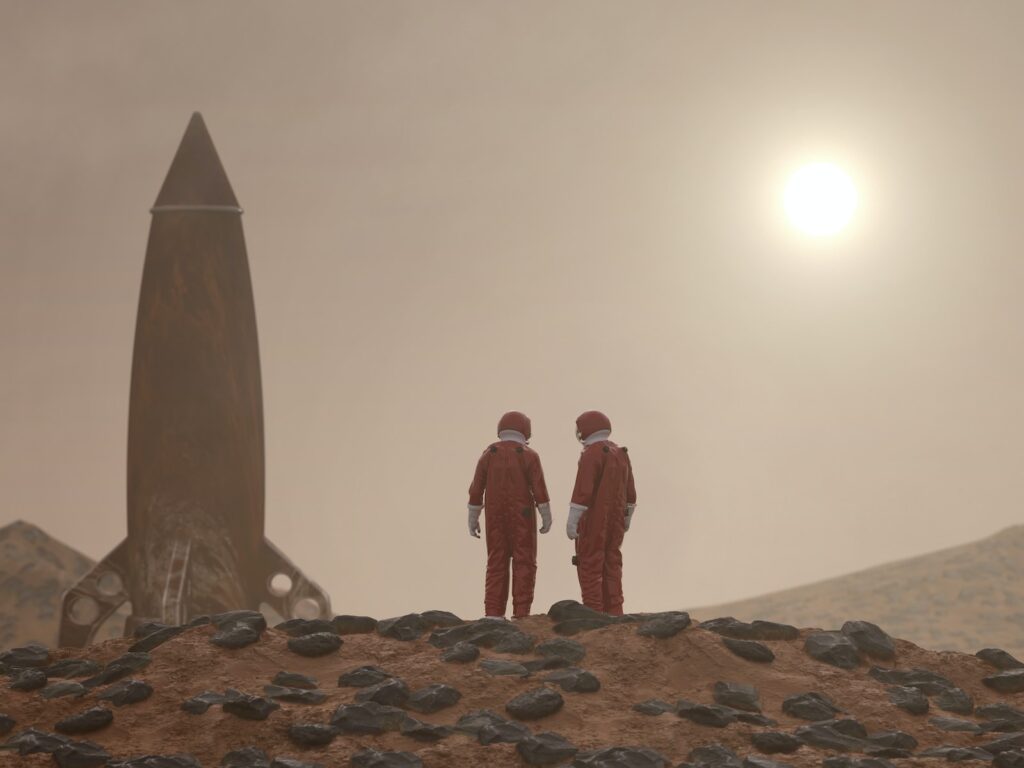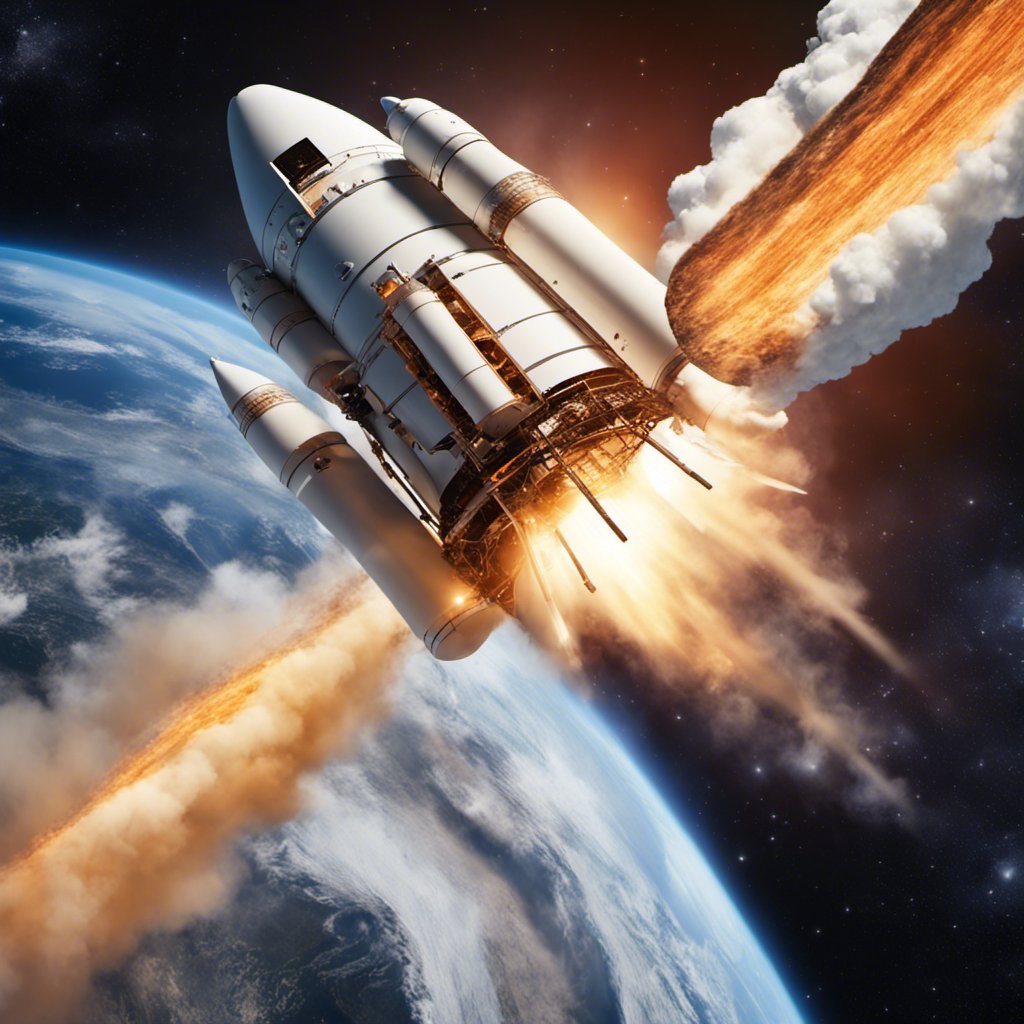From the Wright brothers’ first powered flight in 1903 to the Mars rovers exploring the Red Planet today, aerospace technology has continuously pushed the boundaries of human achievement. This article explores the remarkable innovations that have shaped both flight and space travel, highlighting the evolution of aircraft, the revolution in commercial aviation, cutting-edge aerospace technologies, and the profound impact of aerospace advancements on society.
The Evolution of Aircraft
Early Pioneers and Their Contributions The story of aerospace technology begins with pioneers like Orville and Wilbur Wright, who achieved the first powered flight in Kitty Hawk, North Carolina. Their invention marked the birth of modern aviation, leading to rapid developments in aircraft design and functionality.
Transition from Propellers to Jet Engines During World War II, jet propulsion emerged as a game-changer in aviation. The development of jet engines revolutionized air travel, providing faster and more efficient propulsion. Commercial airliners began to replace propeller-driven planes, leading to the age of jet travel.
Advances in Materials and Aerodynamics Advancements in materials science and aerodynamics played a crucial role in aerospace innovation. Lightweight, high-strength materials such as carbon composites have enabled the construction of more fuel-efficient and durable aircraft. Aerodynamic research has led to sleeker designs and reduced drag, further improving aircraft performance.

Revolutionizing Commercial Aviation
Introduction of Supersonic Travel The introduction of supersonic travel in the form of the Concorde and the development of the upcoming Boom Overture are examples of aerospace technology’s commitment to speed. These aircraft have the potential to reduce long-haul flight times significantly, making international travel more accessible.
The Impact of Fuel-Efficient Engines Fuel efficiency has become a central focus in aviation to reduce environmental impact and operating costs. Innovative engine designs, such as the Pratt & Whitney Geared Turbofan engine, have significantly improved fuel efficiency, leading to a greener and more sustainable future for air travel.
The Promise of Electric and Hybrid Propulsion The aerospace industry is exploring electric and hybrid propulsion systems, with companies like Boeing and Airbus working on electric aircraft concepts. These technologies aim to reduce emissions and noise pollution while increasing the efficiency of aviation operations.
Space Travel: From the Moon to Mars
Apollo Missions and Lunar Exploration The Apollo missions marked a pinnacle in space travel, with Apollo 11 landing humans on the moon in 1969. These missions not only expanded our understanding of space but also demonstrated humanity’s capacity for exploration.
The International Space Station (ISS) The ISS stands as a testament to international cooperation in space exploration. It has served as a space laboratory for scientific research and technological development, paving the way for future deep-space missions.
Preparing for Human Missions to Mars Aerospace technology is currently focused on the ambitious goal of sending humans to Mars. SpaceX’s Starship and NASA’s Artemis program are prominent examples of projects working toward this endeavor.

Cutting-Edge Aerospace Technologies
The Role of Artificial Intelligence and Machine Learning Artificial intelligence and machine learning are transforming aerospace by optimizing flight operations, improving safety, and enhancing navigation systems. These technologies enable autonomous flight and spacecraft operations.
Advancements in Spacecraft Design and Propulsion Spacecraft are becoming more sophisticated, with advanced propulsion systems that allow for faster and more precise maneuvers. Innovative designs like the James Webb Space Telescope promise to expand our knowledge of the universe.
The Emergence of Reusable Rockets Companies like SpaceX and Blue Origin are pioneering reusable rocket technology, drastically reducing the cost of space access. This innovation is democratizing space and opening opportunities for commercial space travel and exploration.
Aerospace Technology’s Impact on Society
The Globalization of Air Travel Aerospace technology has made the world more connected than ever before. The globalization of air travel has facilitated business, tourism, and cultural exchange on a global scale.
Satellite Technology and Its Everyday Applications Satellites play a crucial role in communication, navigation, weather forecasting, and remote sensing. They have become integral to our daily lives, from GPS navigation in our cars to weather updates on our smartphones.
The Potential for Commercial Space Tourism The emergence of commercial space tourism promises to make space accessible to civilians. Companies like Virgin Galactic and Blue Origin are developing spacecraft for suborbital tourist flights, opening up a new era of space exploration.
Future Frontiers in Aerospace
The Race for Space Exploration Countries and private companies are engaged in a new space race, aiming to establish a human presence on the moon, Mars, and beyond. These missions will redefine our understanding of space and our place in the universe.
Sustainability in Aerospace Technology Sustainability is a growing concern in aerospace, with a focus on reducing emissions and environmental impact. Innovations in electric propulsion and sustainable aviation fuels are driving the industry toward a greener future.
The Role of Private Companies in Shaping the Future Private companies, with their agility and innovation, are playing a pivotal role in shaping the future of aerospace technology. Their investments and advancements are driving rapid progress in the field.
Conclusion
Aerospace technology has come a long way since the early days of flight, and its evolution continues at an exhilarating pace. From faster and more efficient aircraft to ambitious space exploration missions, aerospace technology is reshaping the way we travel and understand the cosmos. As we look toward the future, it is clear that the innovation in aerospace will continue to inspire and transform our world, making the sky and beyond more accessible than ever before.

